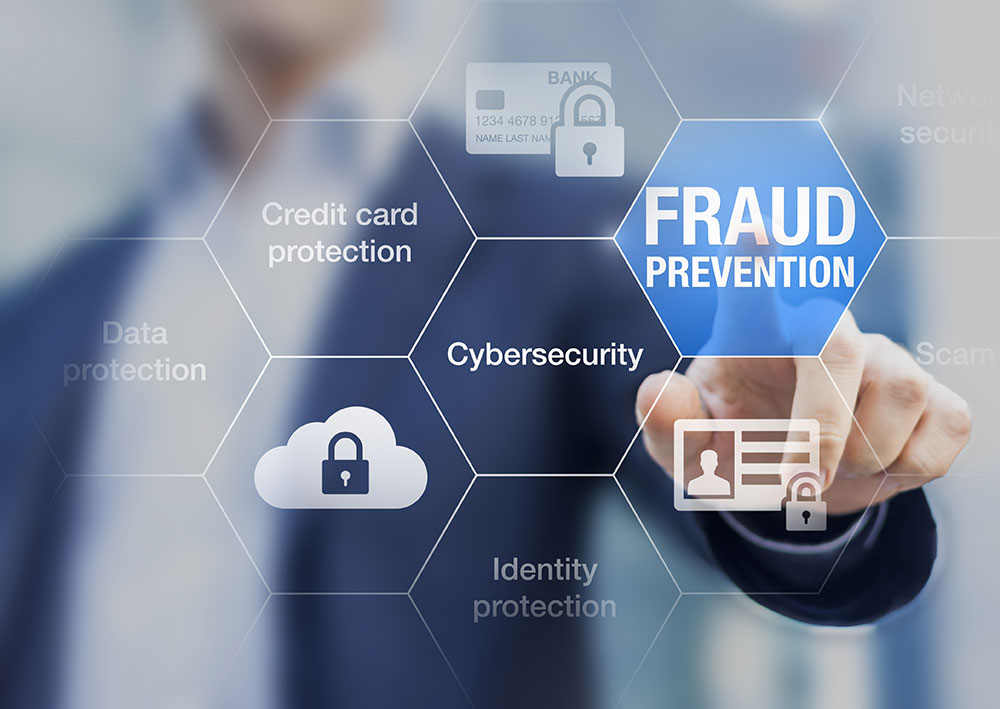From Good to Great: Tips for Sending Better Emails

Emails are a great and easy way to disseminate information to your customer base. However, a bit more goes into sending great emails than just typing up a few words. As a busy contractor, you may think you don’t have the time to write emails for your business, but with email playing such a big role in the buying cycle, you can’t afford not to.
Most people in the world are using email, and that number is only expected to increase as time goes on. In the United States alone, 89.45% of people over the age of 15 have an email address, with the highest percentage of users being between the ages of 25 and 44. With consumers checking their email at least once a day, this is an invaluable resource for your sales outreach. Professional marketers agree: email is still king.
Here are the steps you should take to create a successful email that people actually want to open and read.
Have a Clear Purpose in Mind
Sending an email for the sake of sending an email is one of the quickest ways to get someone to unsubscribe. Come up with a purpose for which you want this email to achieve. Start with a clear call to action (what you want the reader of the email to do — subscribe to your blog, use a service, schedule an appointment, take advantage of a limited-time sale) so you can achieve your goal through the process of creating the email. Having a clear roadmap in place prior to writing a single word will help keep your email clear and concise.
Purpose of email example: I want someone to schedule an appointment for a free consultation for their HVAC system.
Write a Great Subject Line
Over 35% of email readers will open an email based on the subject line alone. Having a weak subject line or, worse, not having one at all, can greatly decrease the number of people who open and read your emails. What makes a strong subject line?
Keep it short. Remember that most people are often checking emails on their phones, giving you limited real estate. If your subject line rambles and trails off-screen, the likelihood of someone opening it lowers.
Create a sense of interest. Why would someone want to open this email? Tell them in the subject line! While mystery is a great book genre, it’s not an ideal way to get people to read your emails. Finally, add a time limit. If an offer feels like it won’t be around for long, that may be enough of a push for someone to open it when they ordinarily wouldn’t.
Subject example: Get a FREE HVAC check-up for a limited time only
Create Powerful Content
Once someone opens your email, you want to make sure it’s worth their while so you can build engagement and rapport with your audience. Refer back to your subject line often while writing the content so your email doesn’t run off course. While you can be a bit more verbose than a social media post in an email, you should still try and keep your email to about 20 lines of text and 3 images.
Stick to a single main topic, with perhaps one additional item. Using a mix of text and images can not only increase your click-through rate (don’t forget those hyperlinks!), it can make your email more aesthetically appealing and more likely to be read. Break up the text into small blocks with plenty of paragraph breaks.
Finally, before you hit send, run a quick spelling and grammar check to make sure you’re not sending out an email with an error that can diminish your position as a leading expert in your field. People equate sloppy writing with sloppy work in general, so be sure to put your best foot forward.
Take Advantage of A/B Testing
If you’re leaning back and forth between two different subject lines, calls to action, etc., try out both of them. A/B testing is when you split the customer group that receives your email, and randomly send them one of two different versions of an email. You can use this process to test out different changes, like the subject line, a button being a different color, content/links being changed, etc. and you can see which your audience responds to more. Be sure to only use one variable, or you won’t know what made the difference. Taking this information of which emails worked better, you can apply it to future emails you send to help increase your open and click-through rate even more!
Include a Return Email
People are going to reply to your emails, even if you don’t want them to. One of the biggest mistakes you can make is having these emails go to an inbox that nobody checks. It may add an extra step to your process, but having someone go through these emails to make sure you don’t miss something important could make all the difference when it comes to booking a job or losing it. It also helps to have your emails come from a person (such as the business owner), as opposed to your business as an entity, as this can help an email feel less spammy and more personal. Plus, it gives someone a point of contact if they decide to contact you for assistance or more information.
Follow Rules
When sending emails to customers and prospective customers, there are rules and regulations which you need to follow, including the CAN-SPAM Act. The CAN-SPAM Act establishes the requirements for commercial emails, including giving recipients the right to unsubscribe from your emails. Each violation of this Act could subject your business to fines.
Need help perfecting your email strategy? EnerBank can help. As a part of your loan program, you’ll have access to customized marketing materials, including emails, which can help grow your business. Not a part of a loan program yet? Fill out the form on this page or visit our website.
Blog Archives
No posts for Dec, 2024




